In 1829, Friedrich Wöhler began experimenting with heating urea and uric acid. Why? Who knows. My first thought is WTF?! But, in doing this, he became the first person to synthesize CyA (cyanuric acid). Yes, cyanuric acid is created in the thermal decomposition of Urea. In 1956 it made its way into the swimming pool industry and it has been a love/hate chemical ever since. But, the energy crisis in Europe we are currently facing will make the availability of the chemical a scarcity and a cyanuric acid shortage the subsequent shortage on the horizon.

Trichlor availability in 2022 looks bleak
These are the exact reasons I will never be on Shark Tank. I just don’t think that way. I mean, one day, this guy decides to heat Urea just to see what happens. Who does that? Wait, it gets better. 127-years later, another dude decides to mix this byproduct of the heat degradation of Urea with chlorine and toss it in a swimming pool. Hold my beer.
similar article Lower Cyanuric Acid in Swimming Pools Chemically
Everything is a crazy idea until it isn’t. If it were my responsibility to invent things, we’d all still be sitting in the dark; an electric candle in a glass bulb – Please!
Let’s not get all disgusted by it. It’s not the guy pissed into a pot and put it on the stovetop. Wöhler had found (many believe to be accidental) the year before his CyA discovery that he could create Urea artificially by treating silver cyanate with ammonium chloride.

CyA cannot be manufactured without Urea
Believe it or not, cyanuric acid is still manufactured using this thermal decomposition method of Urea and uric acid. Mass-producing Urea in the industrial quantities needed by the world today requires massive amounts of energy. Cyanuric acid factories are small potatoes for Urea plants. Over 90% of this diamide of carbonic acid produced globally goes directly to the fertilizer industry. But, the fuel consumption necessary to meet that demand is what’s about to kick us all in the ass.
The natural gas prices across Europe are going through the roof. This has forced a continent-wide shut down of Urea plants, which has driven the cost of the chemical to the highest price from European manufacturers that it has been in over a decade. To make matters worse, the energy crisis has made its way to China. So, in other words, they are going to keep what they manufacture for themselves.
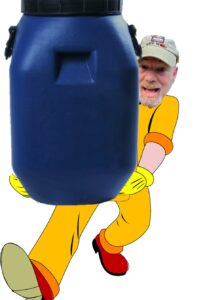
Trichlor Chlorine tabs can’t happen without CyA!
FYI: A metric ton weighs slightly more than a U.S. ton, but a hair less than a sh*t-ton. According to NationMaster, the U.S. imports 2,957,765 .72 metric tons of Urea each year. China is currently the world’s largest exporter of Urea, and they are considering restricting urea exports to ensure domestic supply. Indonesia is likely to follow suit because of its domestic needs as well.
Similar article Cyanuric Acid, Chlorine Lock, and the CDC
The United States is one of the top five importers of Urea in the world. Although the U.S. is one of four nations that account for 10% of the world’s cyanuric acid production, China is still the foremost manufacturer of this product yielding 75% of the world’s supply. That said, before the fire caused by Hurricane Laura that birthed the great chlorine shortage, Biolab imported 62,142,000 pounds (on average) of Cyanuric acid into the United States monthly from Asia.
Buckle your seatbelts, this supply-chain rollercoaster ride of a shit show in the pool industry is far from over.
INSIGHT: Fertilizer prices on the rise as energy crisis, tight availability, bite | ICIS
Top countries for Urea Fertilizer Imports (nationmaster.com)
Friedrich Wöhler | German chemist | Britannica
I earn a little commish on the product pics that link to Amazon.
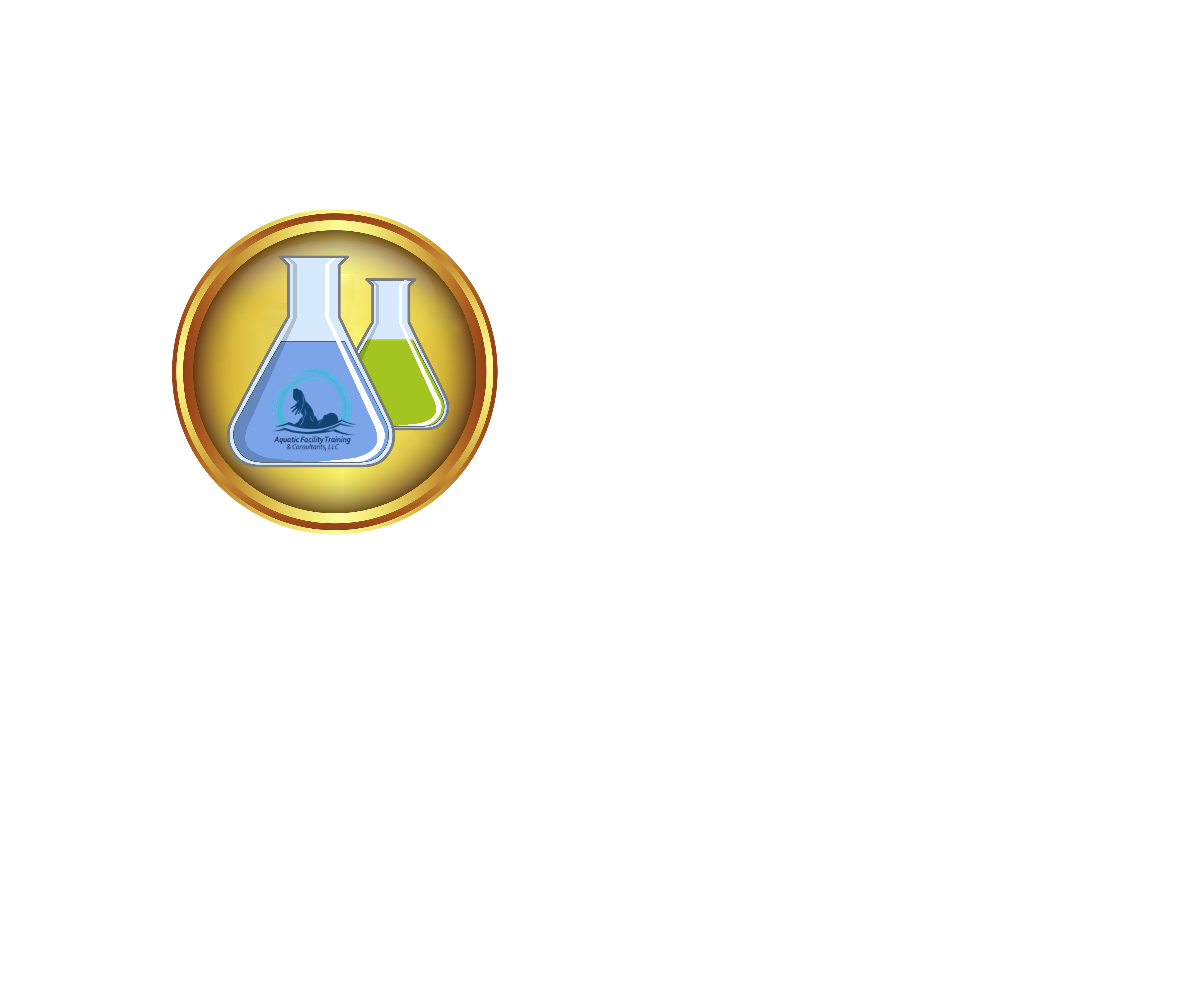




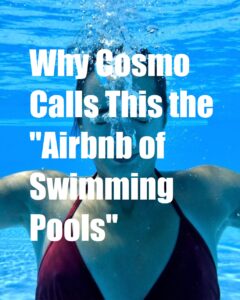
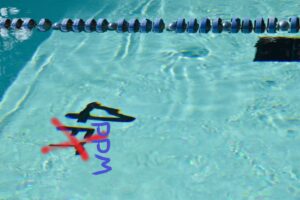
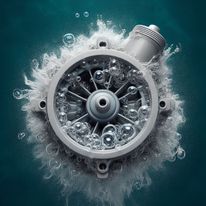

Brilliant Rudy
So when we consider the over indulgent use of Trichlor, we should consider educating pool guys to stop using this poison and to sanitise the pool using sodium hypo (liquid chlorine) which will help prevent these problems.
So it goes (in my crazy mind) like this.
1. CYA should be 30-50ppm (this is scientific fact). So use Dichlor at season opener to raise the CYA to a max of 50, or as I do to 40ppm. This will spike the chlorine level, but as the season opener that is a good plan anyway.
2. Install a peristaltic programable pump to daily dispense liquid chlorine. I program them to dispense 1000 seconds at 07.00 / 1000 seconds at 16.00. This = 1L (roughly) = 2+ppm per day. (where 1 second = ~ 0.5 ml)
3. Test for CYA – lets assume it has reached 40ppm. (Taylor turbidity test)
4. Test FAC after a week (once dichlor has settled down). Aim for 10% FAC:CYA (= 4ppm). If the FAC is say 3ppm then add 25% longer run time (or visa versa). (If the required 7.5% controls algae aim for 10% to account for consumption between dispensing periods.
5. Because the bulk of the sun activity is during the day add new dispensing programes at 09.00 / 11.00 / 13.00 / 15.00 / 17.00, as required to meet the 10% rule.
Because we know that CYA is the crucial balance for FAC (not pH) the above is critical to keeping the pool clear.
BLACK ALGAE / CYA / FAC.
Now you may find this interesting – I certainly did..
1. If CYA is less than 30 on a taylor turbidity test (i.e black dot is clear) FAC dispensing does not prevent black algae (I think because it does not last long enough – the sun degredation and other contaminant oxydation, does for the chlorine too quickly. Even if the quantities of hypo are really high).
2. Add CYA to 40 / 50ppm then maintain FAC at a tested point of 10% (4-5ppm) then the chlorine life is sufficient to remove black algae and other sticky biofilm from the pool structure.
3. Avoid copper sulphate additives (algacida) which are both more expensive, and worse the copper stains the grout a blue/green colour….and itself damages the grout (don’t know why but it does – somehow makes it brittle, my theory is the copper metalic effect in the grout – but that is my none proven guess! – got lots of these)
AOP – UVc .
AOP is way better than UVc alone…..BUT…
AOP does nothing for black algae or indeed any “sticky” algae. FAC : CYA remains the same.
AOP helps reduce chlorine dependancy, but beware in outdoor pools, it makes for a superior environment but not always better clarity, unless chlorine level is maintained.
pH & LSI.
We understand FAC:CYA but the overall picture is rubbish if the saturation index is out of balance….so,
1. Adjust calcium hardness to approx 400ppm. Treat this as the LSI base point.
2. Estimate TDS as 1000ppm.
3. Consider pH at 7.4.
4. Adjust TA based on water temp.
The variable at this point is always the pH. It just is – the more technical scientific reason for this being “mainly” associated with the action of chlorine oxidation. Testing this you will find the pH rises dependant upon water temp and quantity of chlorine being used. (logical high temp = more environmental activity = more chlorine demand = more pH change towards basic.
5. Install a second peristalic pump to dispense sulphuric acid. (HCL destroys plant room, rubber one way valves and smells like the hell of hades!).
6. Use 40% sulphuric and taylor acid demand test. Generally once Cal & TA are correct 1 drop of correction = 1% increase in acid…that’s a percentage of chlorine flow….So if you are using 1,000ml of chlorine you will need anything from zero to 25% of 1,000 ml as acid.
7. Dispense the acid demand at 06.48 and 15.48 (i.e before the bulk chlorine value is added at 07.00 & 16.00)
Dispensing the acid in this way in very low doses 2 times per day has very little effect on the TA values, especially when Cal is around 400ppm as this also acts as an effective pH buffer.
WHATS THIS GOT TO DO WITH YOUR BRILLIANT CYA SHORTAGE ARTICLE?
By now you have probably given up waiting for the punch line, gone to the pub hoping there is not a beer shortage, or gone back to “squid games”…..
1. This method delivers a better quality swimming experiance – forget silly salt machines.
2. Uses far less rubbish additives (not good for resellers of toxic chemicals – “Hermanos pollos” etc (breaking bad fame)
3. But really means that probably 75% of the CYA demanded by the pool industry is no longer needed. In other words the industry is using 75% more than it needs. Billions of lines of data are created on line explaining chlorine lock, over stabilised pools etc etc – yet so called “pool guys” continue to dump this rubbish into pools.
Here on the Costa Blanca in Spain it is the same. Pool cleaners just dump chlorine tabs because its easy & cheap. The resellers keep selling it, then sell dichlor calling it shock – (WTF when did a process become a chemical!!!!) to solve the over stabilisation by err yes adding even more stabiliser. Pool shops love it pool gone green due to Trichlor use, so buy 5 KG dichlor, explaining 2.5K at night then 2.5K in the morning….CYA goes through the roof, so they just keep on dumping it in the pools….then the pool shop says better switch to salt (€2k) it feels better – my god, Walt you dont need to sell illegal blue meths just sell CYA based chlorine – just as bad but somehow legal!
Anyway Rudy, love your blogs, its raining today, hopefully for your sake next time one of your blogs arrives I’ll be too busy to bother you with all my wandering minds thoughts for the afternoon.
Thank you and Kind regards
Simon
While your approach may be scientifical accurate, I’m going to go out on a limb and say you’ve no idea how impossible your set-up is in the actual field. Installing multiple pumps along with managing the chemistry at these razor-sharp specifics is ludicrous. Throw in 95 degree temps, excessive spring rains, 10 hour sun exposures, and a gazillion tons of pollen/phosphates etc… your plan goes to poop within a week of winter weather ending.
Pingback: How enzymes work - Pool Operator Talk News🗞